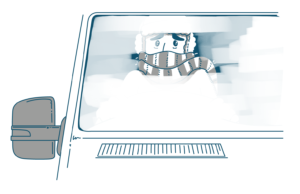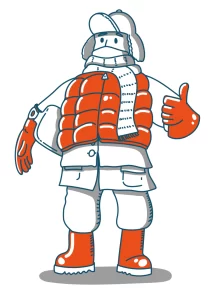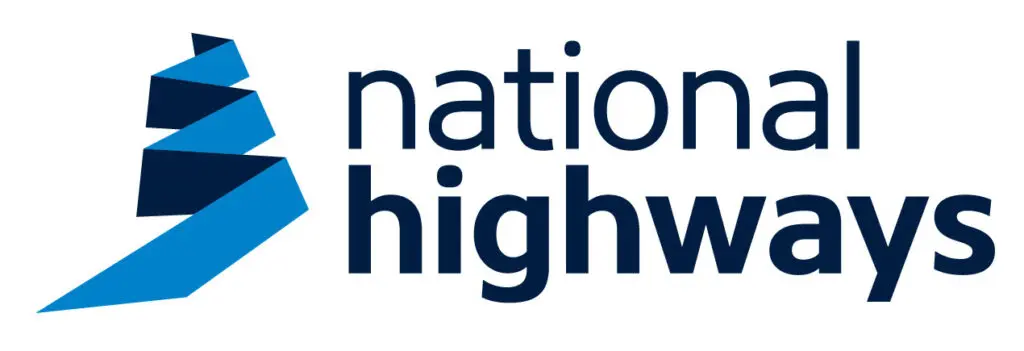Check what you know
Did you know?
More info
Check what you know
Did you know?
- Rule 123 of the Highway Code states: “You must not leave a vehicle engine running unnecessarily while that vehicle is stationary on a public road.” So, defrosting your windscreen by leaving the engine and heating on is against the law.
- Rule 229 of the Highway Code says: “Before you set off you MUST be able to see, so clear all snow and ice from all your windows.” If the windscreen is obstructed in any way, the police can fine drivers £60.
When driving in severe winter weather, with the possibility of snow and ice:
![]()
- stick to the main roads where you can and only travel if necessary
- slow down – it can take 10 times longer to stop in icy conditions
- use a high gear – this will help avoid wheel spin
- accelerate gently, using low revs. You may need to take off in second gear to avoid skidding
- you may need up to 10 times the normal gap between your vehicle and the vehicle in front
- try not to brake suddenly – it may lock up your wheels and you could skid further
- be extra cautious at road junctions where road markings may not be visible
More info
 Planning: Plan a journey carefully and listen to updates on weather and traffic news to help make it as smooth as possible.
Planning: Plan a journey carefully and listen to updates on weather and traffic news to help make it as smooth as possible.
Time: Allow more time than usual before leaving. Clear all windows and lights of snow and ice for visibility and your number plate. Clear snow from the roof, bonnet and rear of the vehicle as it can pose issues of safety to your driving and other road users.
Look: Look ahead to avoid any erratic steering and braking actions. Maintain speed and a safe distance and avoid tailgating at all costs.
 Control: Always maintain full control to ensure vehicle stability while braking, accelerating, changing gear and steering.
Control: Always maintain full control to ensure vehicle stability while braking, accelerating, changing gear and steering.
Climate: Dress appropriately for the climate and take a hat, scarf and winter coat plus blankets and suitable provisions in case of a breakdown, getting stranded at the roadside or stuck in a lengthy traffic congestion.
Darkness: Driving in the dark can be tiring so take a break when necessary to stay safe.
Winter vehicle checklist
- Before setting out, make sure you have enough fuel to get to your destination or know where you can stop to fill up.
- Check your oil level.
- Top up your screen wash and check your wiper blades.
- Before you leave, check your tyre treads and get them replaced if there is less than 1.6mm of tread.
- Check your tyre pressures. If they’re over or under-inflated, even by as little as 10%, it can affect your car’s performance, making it more dangerous when braking and steering.
- You may also need to inflate your tyres to a higher pressure if you have more luggage or passengers then normal
Categories


Crown Copyright 2025
You may re-use this information (not including logos) free of charge in any format or medium, under the terms of the Open Government Licence.
To view this licence, visit www.nationalarchives.gov.uk/doc/open-government-licence